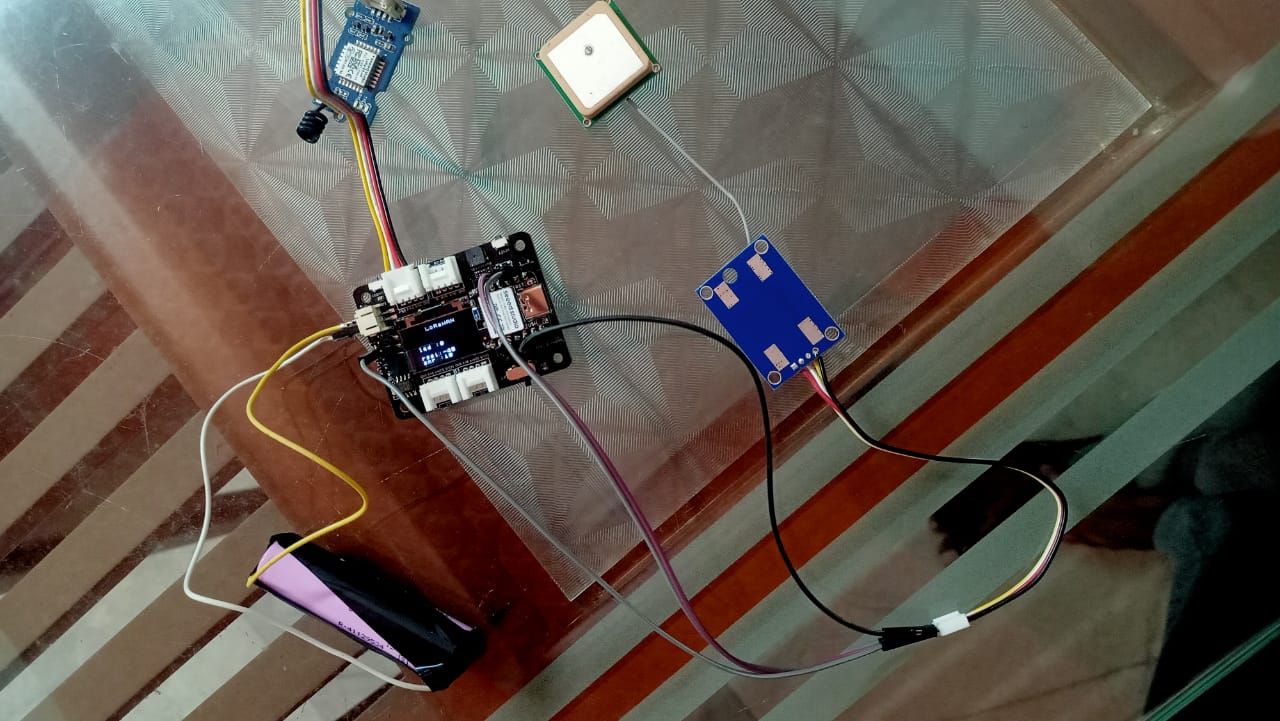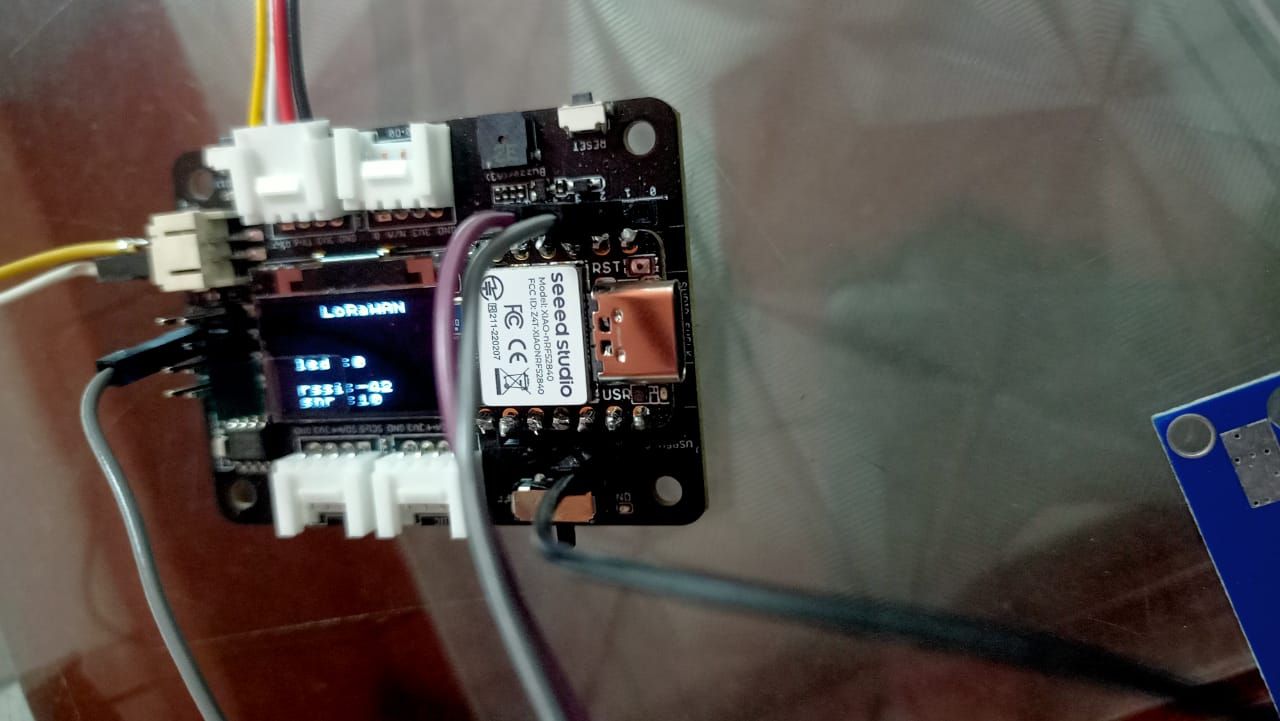Customizable RF frequency Generator and receiver
-
Hello guys,
I would like to know how can we generate RF waves with customizable frequency. For example the generic RF modules which we get in the market operates at a frequency of 433MHz. But I wanna make a transmitter and receiver pair that can operate on freqeuncy that can be customized by me. How can I do it? Please guide me. Thanks in advance..!!
-
Hi @kowshik1729,
This is an interesting question, Traditionally we are using mixers, filters, amplifiers, modulators/demodulators, detectors, etc to build a radio communication system and it's tightly coupled with hardware. And there are many types of frequency modulation like FM, AM, FSK, LoRa etc.

(Source : https://en.wikipedia.org/wiki/Radio)
To generate a different band we need to use a specific combination of mixers, filters, amplifiers, modulators/demodulator, also most of the scenario we only use a specific frequency to communicate in cost-efficient ways like 2.4 GHz for WiFi and Bluetooth but we use different modulations like GFSK in BT Classic and DSSS, FHSS in IEEE802.11 etc. And building many different combinations of mixers, filters, amplifiers are not cost-effective and economic.But using the SDR (Software Defines Radio ) we can achieve this,
A basic SDR system may consist of a personal computer equipped with a sound card, or other analogue-to-digital converter, preceded by some form of RF front end. Significant amounts of signal processing are handed over to the general-purpose processor, rather than being done in special-purpose hardware (electronic circuits). Such a design produces a radio which can receive and transmit widely different radio protocols (sometimes referred to as waveforms) based solely on the software used. (Source: https://en.wikipedia.org/wiki/Software-defined_radio)
So as an answer to your question, yes we can generate radio frequency but it's high cost and not economical, also with the help of the SDR system we can solve the issues.
Resource :
- https://en.wikipedia.org/wiki/Software-defined_radio
- https://www.youtube.com/watch?v=xQVm-YTKR9s
- https://www.youtube.com/watch?v=TZmHgIPBLDo
You can also try SDR via online using https://eshail.batc.org.uk/nb/ , it was hosted at Goonhilly Earth Station in Cornwall, England.


